Squash Golden Scallopini
$4.49
Cucurbita Pepo
- Seed Count 10
- Heavy Producer
- Annual
In stock
Description
If you’re looking to add a touch of sunshine to your garden and your plate, then the Squash Golden Scallopini fit the bill.
These vibrant yellow squash are not only a feast for the eyes but also a delight for the taste buds!
This delicious, rare Italian heirloom is a fantastic bush variety of summer squash that produces stunning saucer-shaped golden fruits with delightful scalloped edges.
With a nutty cucumber flavour, similar to zucchini, they’re perfect for sautés, stir-fries, or just grilled up with a little olive oil and garlic.
These seeds are easy to grow and are great for gardeners of all skill levels. Just plant them in well-drained soil, give them plenty of sunshine, and watch your garden burst into life.
Soon enough, you’ll be harvesting these gorgeous squashes and impressing your family and friends with your gardening prowess.
| Method: Sow direct | Soil Temp: 21°C - 35°C |
| Cool Mountain: Oct - Jan | Position: Part Shade |
| Arid: Sep - Mar | Row Spacing: 70 cm |
| Temperate: Sep - Dec | Planting Depth: 10 mm |
| Sub Tropical: Aug - Feb | Harvest: 60 Days |
| Tropical: Apr - Aug | Plant Height: 90 cm |
Growing Conditions
Climate:
- Ideal Temperature: Button squash thrives in temperatures between 20°C to 35°C. It is tender and is susceptible to frost.
- Frost Sensitivity: Ensure that planting occurs after the last frost date in your area.
Site Selection and Soil Preparation
Sunlight:
- Exposure: Full sun is essential for optimal growth, ideally 6-8 hours of direct sunlight daily.
Soil Requirements:
- Type: Well-draining soil is crucial. Sandy loam or loamy soil is ideal.
- Soil pH: A slightly acidic to neutral pH of 6.0 to 6.8 is best for squash.
- Organic Matter: Enrich the soil with compost or well-rotted manure to enhance soil fertility. This improves moisture retention and provides essential nutrients.
Soil Preparation:
- Clear the planting area of weeds and debris.
- Loosen the soil using a garden fork or tiller to a depth of at least 30 cm.
- Incorporate compost or organic fertilizer into the soil.
Planting Techniques
Sowing Seeds:
- Direct Sowing: Sow seeds directly in the garden bed 1 cm deep, allowing 70 cm between plants for adequate air circulation and growth space.
- Seedling Start: Alternatively, seeds can be started indoors 3-4 weeks before the last frost and transplanted once the danger of frost has passed.
Watering and Care
Watering:
- Frequency: Water regularly to keep the soil consistently moist but not soggy. Typically, 2.5 cm (about an inch) of water per week is sufficient.
- Method: Water at the base of the plant to reduce the risk of fungal diseases.
Fertilisation:
- Apply a balanced fertiliser at planting and every 4-6 weeks during the growing season, following the package instructions.
Mulching:
- Apply a layer of organic mulch (straw, grass clippings) around the plants to retain moisture, suppress weeds, and help regulate soil temperature.
Pest and Disease Management
Common Pests:
- Aphids: Small insects that can weaken plants. Use insecticidal soap or neem oil to control infestations.
- Squash Bugs: They can harm plants by sucking sap. Monitor plants regularly and remove them by hand or use diatomaceous earth as a deterrent.
- Cucumber Beetles: These can transmit disease. Utilize row covers in the early stages to keep them away.
Diseases:
- Powdery Mildew: Common in humid conditions. Ensure good air circulation, avoid overhead watering, and consider using fungicides if necessary.
- Root Rot: Caused by overwatering or poor drainage. Ensure proper soil drainage to prevent this disease.
Harvesting
Maturity:
- Button squash typically matures within 50 to 65 days from planting.
- Harvest Time: Harvest when the squash is still young (about 5-10 cm in diameter). The skin should be tender and the colour vibrant. Frequent harvesting encourages more fruit production.
Companion Planting for Button Squash
Beneficial Companions
- Corn: Provides natural support for climbing varieties and offers shade to the squash plants.
- Beans: Legumes fix nitrogen in the soil, benefiting the nitrogen-hungry squash plants.
- Marigolds: These flowers deter nematodes and attract beneficial insects, aiding pest control.
- Radishes: These can help repel squash pests while occupying the space until the squash plants take over.
- Nasturtiums: Serve as a trap crop, luring aphids away from the squash.
Plants to Avoid
- Potatoes: Both species compete for soil nutrients, which can lead to poor growth in both crops. Additionally, they attract similar pests, increasing damage potential.
- Fennel: This herb is known to inhibit the growth of many plants, including squash. It can be particularly detrimental as it produces compounds that can affect nearby plants.
- Cabbage Family Plants (e.g., kale, broccoli): These can attract the same pests that may target button squash, such as aphids and whiteflies. Their presence might also increase competition for nutrients.
- Carrots: While not directly harmful, carrots and squash often compete for similar nutrients in the soil; if planted too close together, they may impair each other’s growth.
Additional Tips for Successful Companion Planting
- Plant Diversity: The more diverse your garden, the healthier it can be. Mixing various plants helps create a balanced ecosystem and can reduce pest populations.
- Seasonal Rotation: Rotate companion plants each season to promote soil health and reduce the chances of disease and pests becoming established in the soil.
- Observation: Monitor your garden closely to see which companions thrive together and which do not. Every garden is unique based on local conditions, and adapting your planting strategy will yield the best results.
Postage Charge
Orders under $30 attract a $4.50 shipping charge. Orders $30 and above have free shipping.
Order Times
Seed orders are normally dispatched within three business days. You will receive an email when seeds are mailed out.
Postage Days
Seeds are mailed out Monday to Friday at 1pm. Except for the Friday of long weekends.
Postage Times
WA 2-3 Days: SA,NT 3-5 Days: NSW, ACT, QLD, VIC: 5-7 Days
Carrier
We use Australia Post Letter Postage for the majority of orders
Not only are our seeds packed in recycled paper envelopes, we keep the theme going when we post out website orders. To protect your seeds from moisture and the letter box munchers (snails), we use a very special plastic free material made from plants. They are then put into recycled mailing envelopes. Green all the way 💚🌿





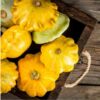
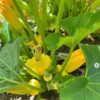
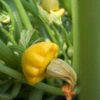
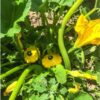



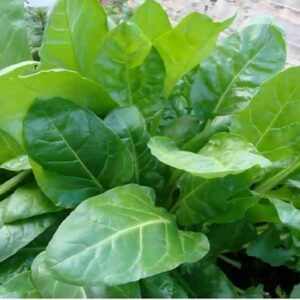
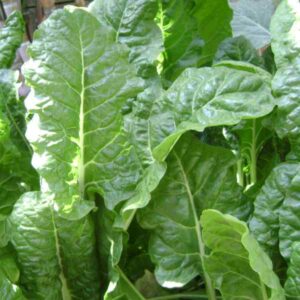


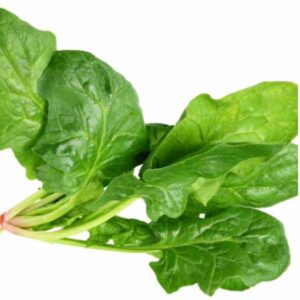
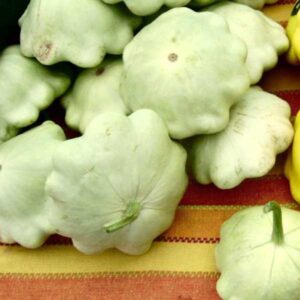
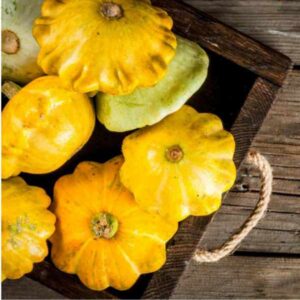
Arrived but not planted yet